
Why is it important to eat foods that are high in iron? Because the prevention of iron-deficient anaemia is very important for your overall health and quality of life. Iron deficiency leads to insufficient amounts of the protein haemoglobin in your red blood cells, which is required for oxygen transport. This leads to iron-deficient anaemia, which is the most common form of anaemia. It’s typically caused by a prolonged lack of iron in your diet.
Iron is one of the most important minerals the body needs because your body needs oxygen to function properly. A lack of iron inhibits your body’s ability to produce the haemoglobin that red blood cells need to carry oxygen throughout your body. When the brain doesn’t get enough oxygen, cognitive function can be impaired. The lack of oxygen being transported to the tissues in your body when you’re iron deficient can also lead to fatigue, shortness of breath, heart palpitations and hair loss, as well as cold, dry or pale skin.
Women struggle with iron deficiency more frequently than men. According to the World Health Organization, low iron is especially common in women of childbearing age as the loss of blood during menstruation and pregnancy depletes the body’s iron stores. However, men can become iron deficient as well, especially if their diet contains low iron.
Dietary Iron
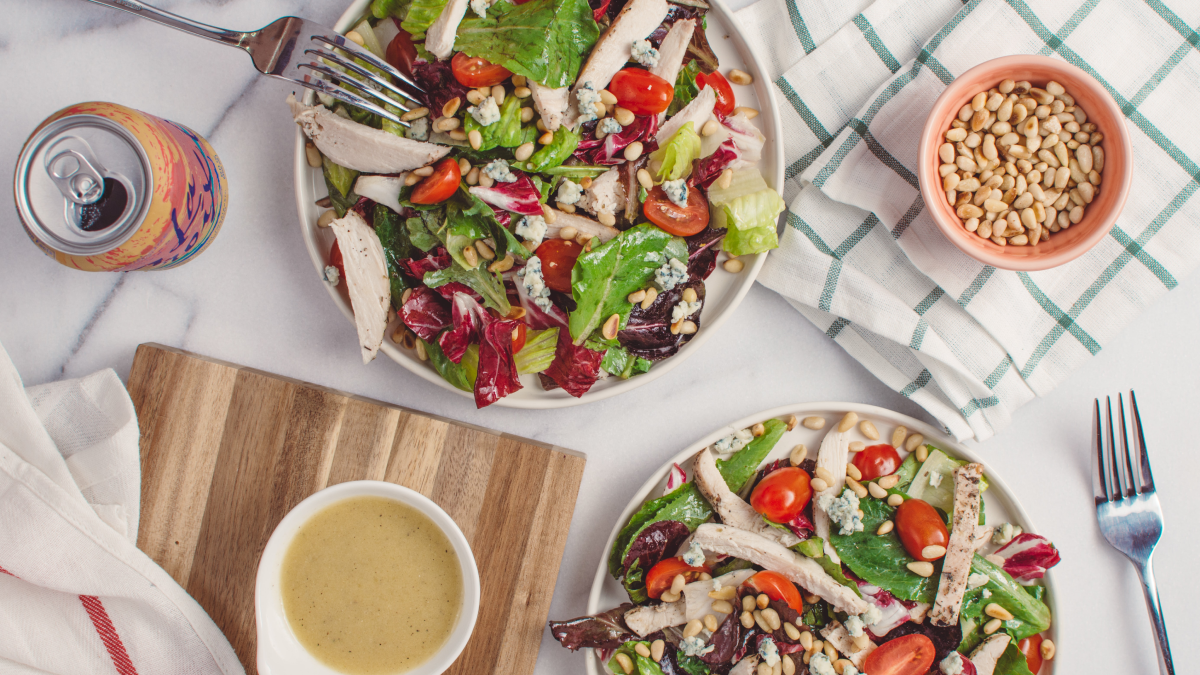
Dietary iron comes in two forms: heme and non-heme iron. Heme iron comes from animal foods that contain haemoglobin in the blood of the animal. Heme iron includes meat, poultry, and fish.
Non-heme iron comes from plant sources. Vegans, for example, can only get iron in their diet from non-heme iron sources. Heme iron is easier for most people to absorb, but vegetarians and vegans can meet their iron requirements by eating a variety of plant foods that are high in non-heme iron.
Some foods come fortified with iron, such as bread, cereals, protein and energy bars. Look for this indication on the nutrition label.
Reversing and preventing iron deficiency anaemia is not just a matter of taking in enough iron through your diet. One must also consider factors that could be inhibiting how much of the iron you eat you are able to absorb. Tea and coffee can inhibit iron absorption, as can foods high in calcium.
On the other hand, vitamin C increases absorption, so when you eat foods that are high in iron, eat those foods along with a vitamin C supplement or a food that is high in vitamin C.
Foods high in vitamin C include tomatoes, broccoli, avocados, bell peppers, and any citrus fruit such as lemons and oranges. Try to have tea or coffee between meals rather than with meals. Absorption of iron could also be impacted by disorders such as celiac disease or could be inhibited by past surgeries.
Food sources of heme iron are those that come from animals. The foods richest in heme iron are meat (in particular beef or chicken liver, and red meat in general) as well as seafood (mussels, oysters, and sardines are among the highest in iron in this category).
Non-heme iron can be found in a wide variety of plant foods such as spinach, beans, legumes and especially raw cacao.
Below are 15 healthy foods high in iron:
1. Raw Cacao Powder
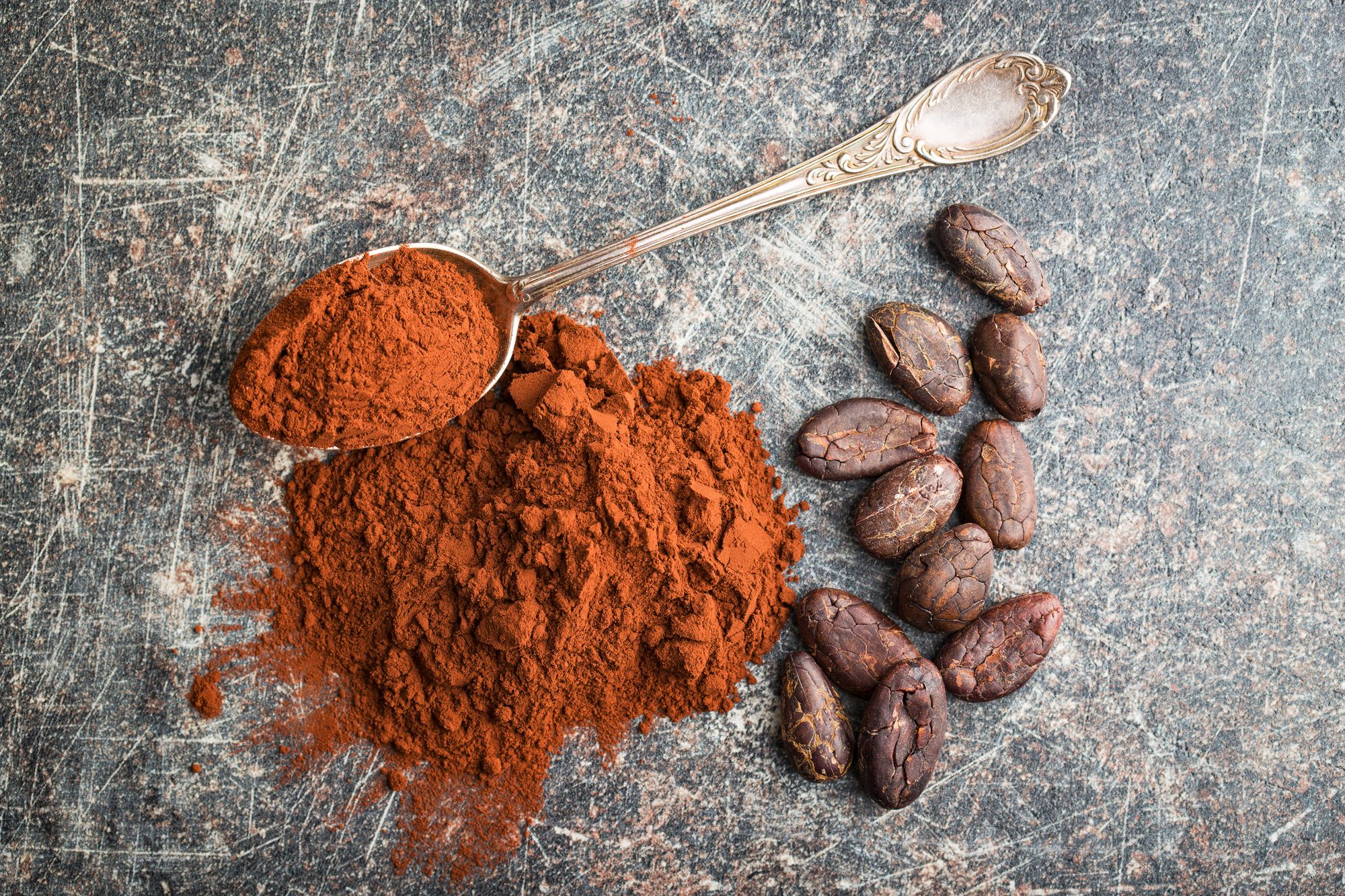
Cacao is the highest source of iron known to man, and it’s even higher in iron than beef and spinach. Raw cacao is plant-based iron (non-heme iron) and you’ll want to consume it with some vitamin C to get its maximum benefits. You can simply put raw cacao powder into a smoothie that also contains some fruits high in vitamin C.
There are many health benefits of raw cacao, but its source of iron is its most significant health benefit.
Check out our article for other benefits of eating raw cacao powder.
2. Dark, Leafy Greens
If your diet includes eating a lot of salads with dark, leafy greens, that’s wonderful for preventing or reversing iron deficiency. This includes spinach, kale, collard greens, swiss chard, and any other darker green vegetable.
3. Beans and Legumes
All beans, lentils, and chickpeas are good sources of iron and are extremely affordable. You can puree them into hummus or dip, or add them to salads and pasta. You can even make bean-based burger patties or meatballs.
4. Whole Grains
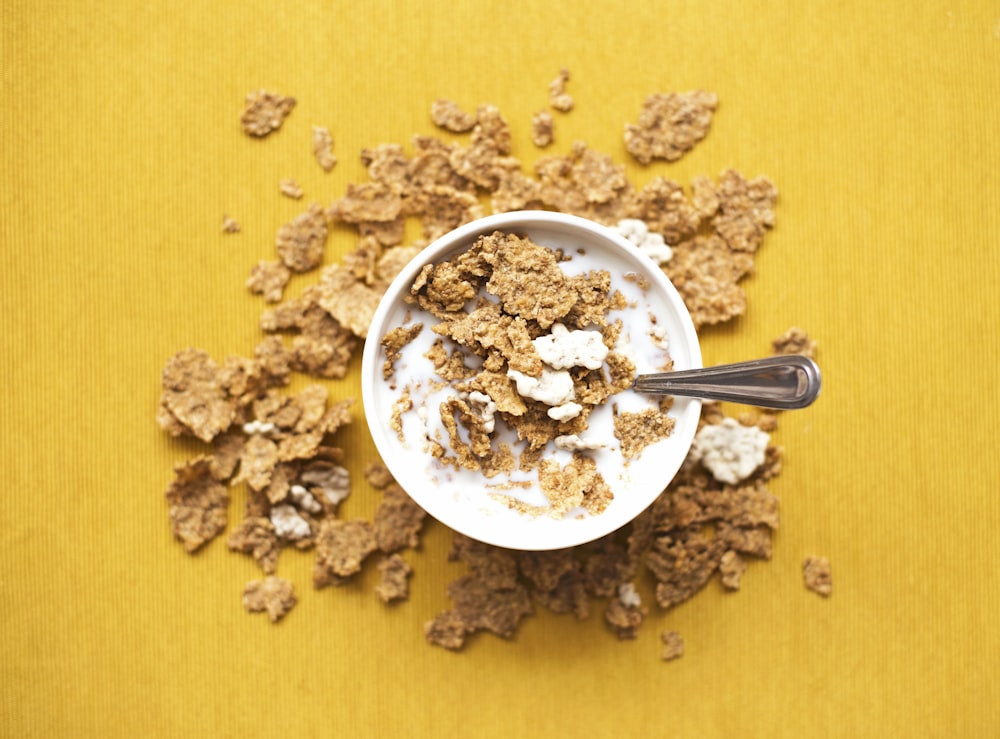
These include whole-wheat bread, whole-wheat pasta, oatmeal, quinoa, brown rice, and other whole grains such as millet, farro and bulgar. These are affordable and accessible iron sources.
5. Red Meat
Red meat is especially high in iron, but if you don’t eat red meat, you can still get iron from other sources. If you’re a meat-eater, you’ll get lots of iron from beef and lamb. You’ll also get lots of iron from beef liver.
6. Poultry
Poultry such as turkey legs, for example, are a good source of iron. Dark turkey meat contains more iron than white meat. Eggs and chicken contain iron as well.
7. Seafood
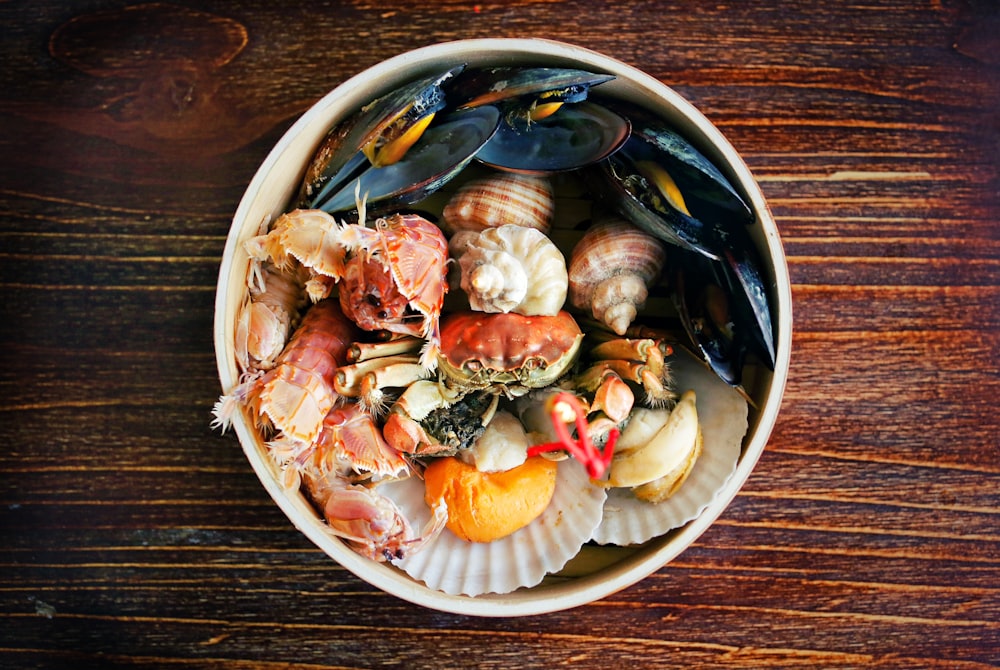
Types of seafood that are a good source of iron include oysters, clams, mussels, mackerel fish and tuna fish.
8. Tofu
Affordable and versatile, you can turn tofu into anything, so it’s very convenient that tofu is rich in iron. Have it pan-fried and crispy in stir-fries, marinate and bake it to add to sandwiches or bowls, make a tofu scramble, and blend it to turn it into dips and sauces. You can even use tofu to make desserts such as puddings and cheesecakes.
9. Dried Fruits
Dried fruits are a great source of iron and vitamin C, which as you now know, should be consumed together. Raisins and apricots are among the best ones to eat in this category. Add them to trail mix or cereal, or just snack on them on their own.
10. Nuts
Nuts and seeds are sources of protein, healthy fats, and a variety of important minerals including iron. Which nuts are higher in iron? Pistachios, cashews and almonds – pistachio nuts being the highest source of iron in the nut family.
11. Seeds
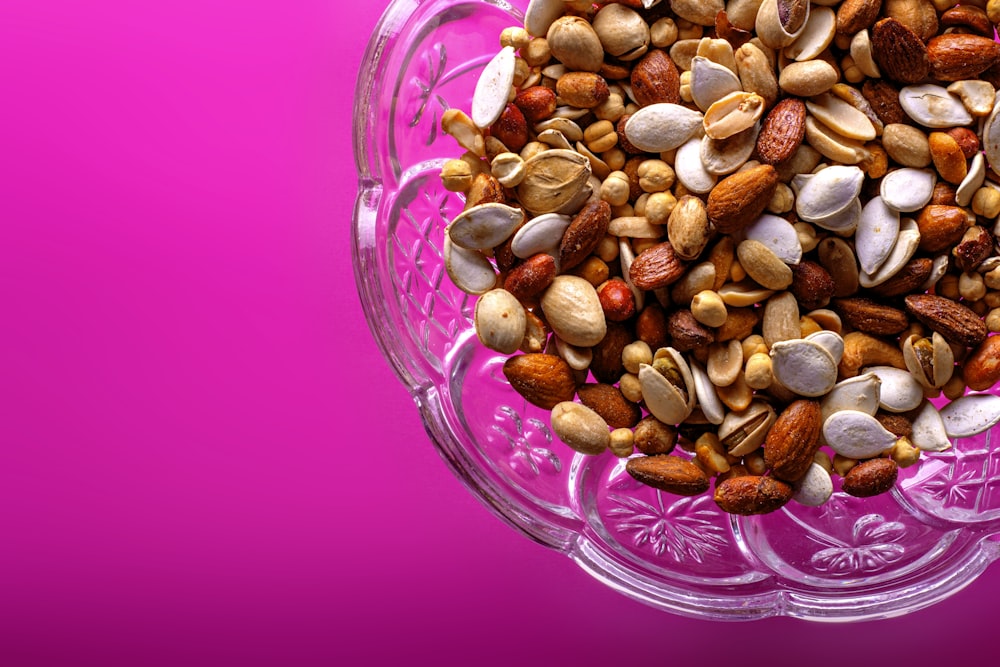
Pumpkin seeds, sesame seeds, flax seeds and hemp are the seeds with the most iron. Pumpkin seeds are particularly high in iron and fun to eat. Snack on them on their own by seasoning them and roasting them, add them to oatmeal or top your salads with them.
12. Potatoes with Skin
Who doesn’t love potatoes? When you aren’t in the mood for a grain, use a potato or sweet potato as your carbohydrate source in your meal. Be sure to include the potato’s skin to get the most nutrients out of your meal.
13. Broccoli
Broccoli is an excellent source of iron to include in your diet because broccoli is also high in vitamin C. Since vitamin C helps your body absorb iron better, it’s always a good idea to add broccoli to your stir-frys or much on it raw with some dip.
14. Blackstrap Molasses
While it is probably not something you cook with often, blackstrap molasses is incredibly high in iron and you should get into the habit of cooking with it more often. Substituting it for sugar, honey, or corn syrup in baking recipes is a great way to boost your iron intake.
15. Foods Fortified with Iron
Many commercial packaged foods such as energy bars and meat alternative proteins are fortified with iron. When you’re at the grocery store, you can also look for iron-fortified breakfast cereals, rice, bread and pasta.
Example Meals Full of Iron
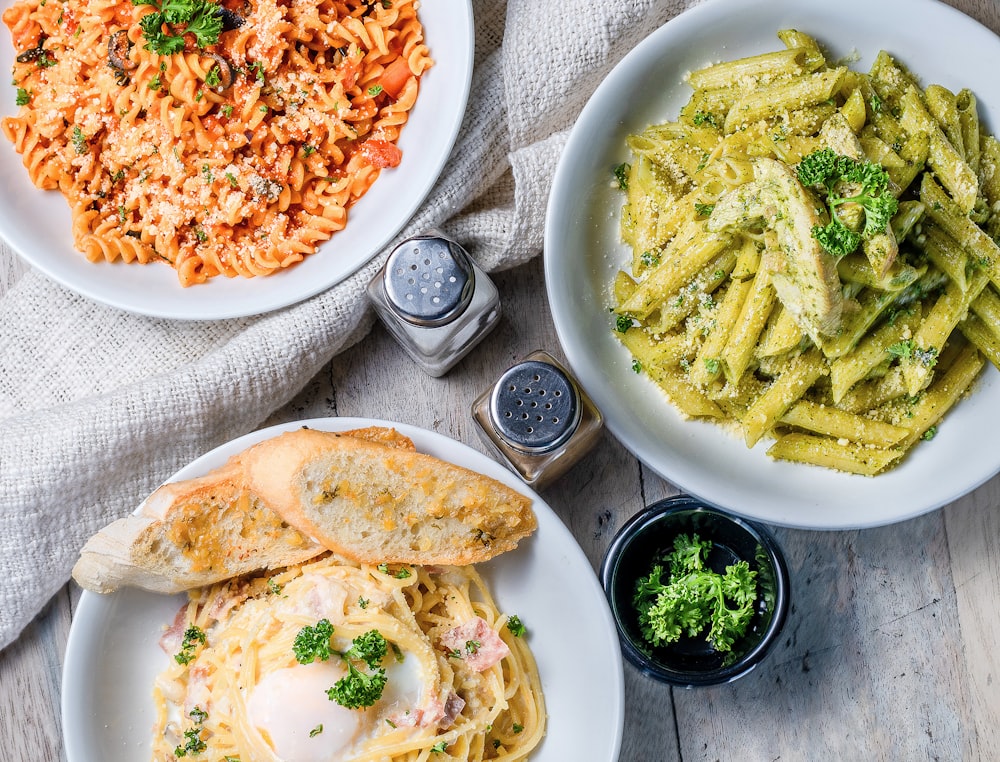
To meet your iron requirements, you should learn to cook meals or prepare snacks that are high in iron. Below are some examples of healthy, balanced, and affordable and iron-rich meals and snacks:
- Whole grain pasta with a bolognese sauce made of tomatoes, onion, and garlic (which are high in vitamin C and aid iron absorption) and lentils, beef or a plant-based meat alternative which is high in iron.
- A stir-fry with beef or tofu, as well as vegetables such as broccoli and bell peppers. Serve it over brown rice fortified with iron.
- A wrap containing dark, leafy greens, hummus, and tomatoes.
- Raw broccoli with hummus dip
- A baked potato with bean chili and guacamole on top (avocados are high in vitamin C).
- Oatmeal or a cereal fortified with iron. For extra iron, add some dried fruit, seeds or nuts.
- Homemade energy bars or energy balls made with rolled oats, raw cacao powder, nuts, seeds, and pieces of dried fruit. Use some blackstrap molasses as a sweetener and binder.
What is Your Optimal Diet for Optimal Health?

Some individuals are more prone to have difficulty absorbing iron and are thus more susceptible to develop iron deficiency anaemia. Genetic testing using a DNA kit like CircleDNA can help determine if you are at higher risk for deficiencies in particular minerals. Our in-depth nutrition reports will let you know about your iron sensitivities. If you find out you have higher iron needs through DNA testing, you may need to be more thoughtful about your dietary choices.
Those who are genetically prone to have higher iron needs need to eat the above foods that are high in iron more often.
Consult your doctor before you start taking an iron supplement, as excess iron can be harmful. Supplements can cause stomach upset and constipation for some people. It will take a few months of supplementation before seeing results. It’s healthier to just change your diet to contain more iron-rich foods.
If you are already iron deficient as confirmed through a blood test, or if you know you are genetically at higher risk of iron deficiency, you can combat this by including more of these healthy foods that contain iron in your diet. It’s possible through eating more of these iron-rich foods, you’ll soon regain your energy and vitality and see improved mood and cognitive function.
Your optimal diet reports based on your CircleDNA test will include information about sensitivities to carbs, lactose intolerance, mineral needs, and much more. Wondering if you have genetically higher iron needs? Get your CircleDNA kit now!







Comments are closed.